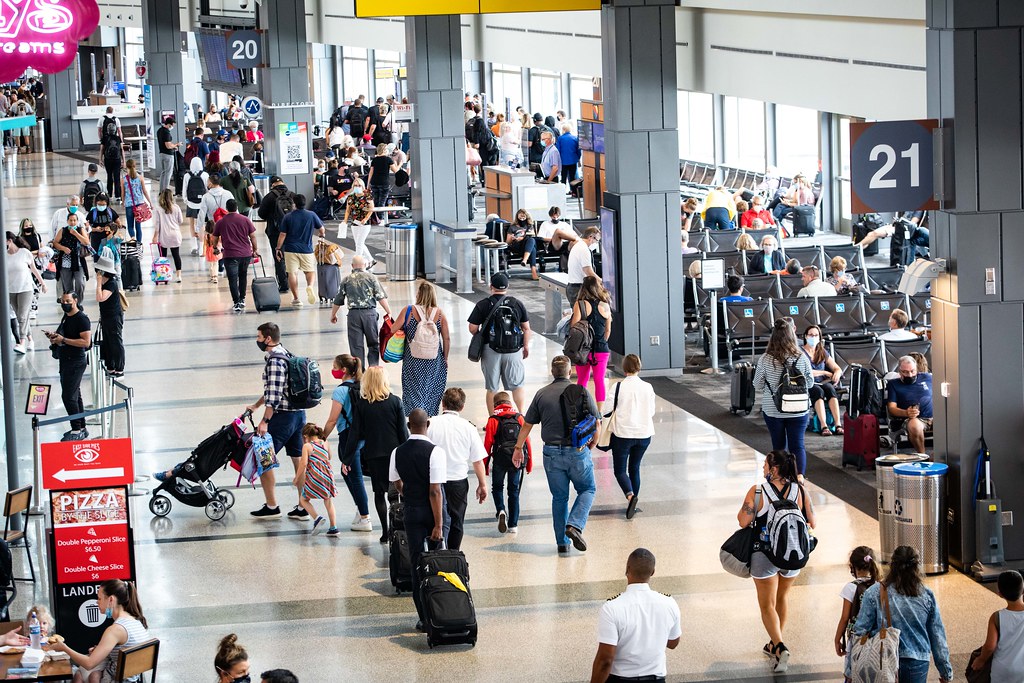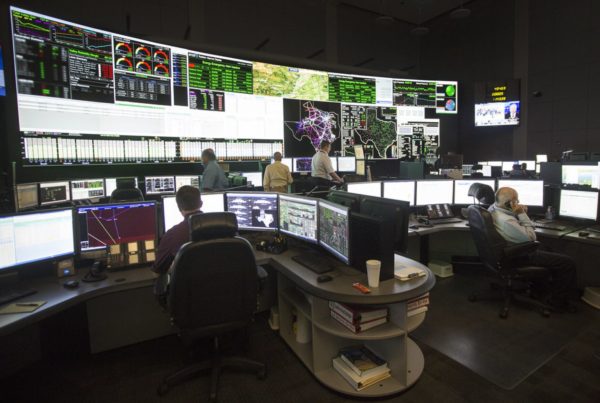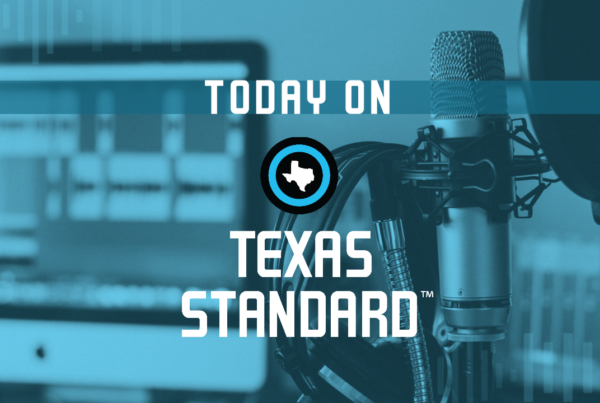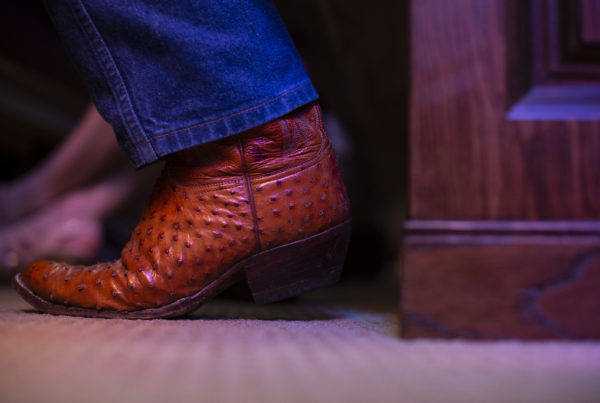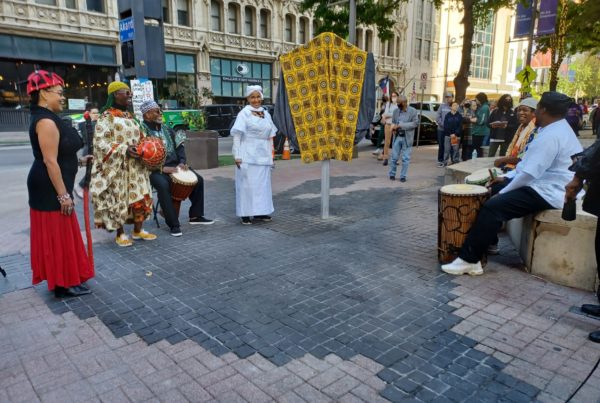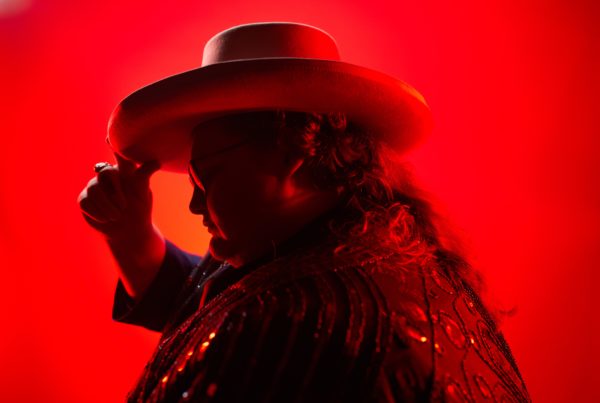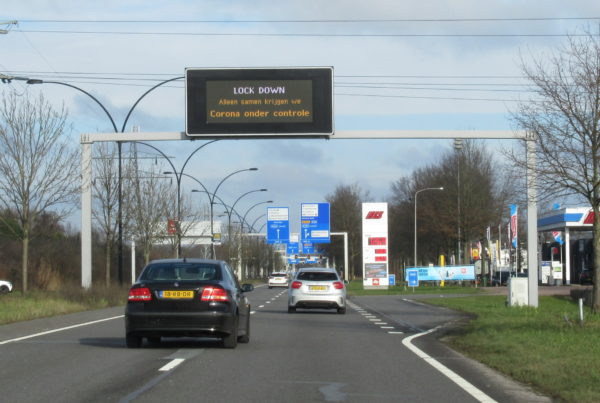The “joys” of holiday travel air are upon us: long security lines, delayed flights and packed planes.
But those things may be the least of travelers worries as incidents of so-called air rage have been on the rise this year. Just last week when a Southwest Airlines employee was hospitalized in Dallas after being assaulted by a passenger.
The Federal Aviation Administration has initiated investigations for 991 unruly passenger incidents this year, compared to 146 in 2019, just before the pandemic.
It wasn’t always this way, says Andrew Thomas, author of the book “Air Rage: Crisis in the Skies.” Thomas is an associate professor in the University of Akron College of Business in Ohio. Violent incidents on flights took off in the 1990s, he says, when air travel became more accessible to the masses. More people crowded onto flights contributed to more incidents of rage.
“It was kind of a Nordstrom’s experience. And what we’ve seen over the last 30 years is air travel becoming much more like a Walmart experience,” Thomas said. “And when you’ve added the significant amount of people traveling, tens and tens of millions, or every year, we’ll expect … to see just greater amounts of incidents of people not behaving well.”
Listen to the interview with Thomas in the audio player above or read the transcript below.
This interview has been lightly edited for clarity.
Texas Standard: Even if it seems like there’s been a huge uptick in fights and otherwise hostile behavior on planes, it’s safe to say this isn’t a brand new phenomenon. Is this a more modern problem in aviation or does this go all the way back to the beginning?
Andrew Thomas: Well, it’s got about a 30 year history. Not that there weren’t people behaving badly in the 1920s and ’30s when commercial air travel started. It really opened up, though, in the early ’90s, and accelerated when we got to 9/11. There were several incidents of cockpit intrusions leading up to that date. It kind of calmed down after 9/11, and then it started ramping back up again. And then once we came out of the pandemic, at least from an air travel perspective, it’s really been at a very high level, and something we should expect to see the same going forward.
Why did this start happening more in the ’90s, and why should we expect to see more of this?
The ’90s was kind of the beginning of a whole new era of air travel, and that was kind of the summer of ’92 is, as it’s been called, kind of opened up air travel for the masses. Really for the first time in history average people could afford to travel. Before it was really kind of the realm of the exclusive – it was kind of a Nordstrom’s experience. And what we’ve seen over the last 30 years is air travel becoming much more like a Walmart experience. And when you’ve added the significant amount of people traveling – tens and tens of millions more every year – we’ll expect to see just greater amounts of incidents of people not behaving well.
So it’s a reflection of the mood of the culture at any given time, is that what you’re suggesting?
Sure. And that’s what we’re seeing now. I think you got people packed into airplanes after being told for many, many months [that] anybody within 6 feet of you is a threat to your personal safety. Now we’re back on top of each other, on airplanes and in airports. There was belief on the part of a lot of carriers that air travel would return to some degree of normalcy, but not to the levels we’ve seen in terms of passengers taking flights. [And] of course, we have the mask mandates that have been layered on by the federal government and don’t appear to be going away anytime soon. This is going to cause more of these incidents to occur.
What, if anything, can be done to to reduce the number, the frequency and intensity of these incidents? And who’s responsible for stepping in when they do happen?
When I wrote the book over 20 years ago, [just before] 9/11, the solution was pretty much the same as it is now, and thankfully there has been some progress in that area. And that is, the federal government needs to take this a lot more serious. For a long time, an air rage incident was treated as a very localized situation. There would be any number of potential responses at the arriving airport for somebody who had acted up on the plane. But there was really no consequence to the behavior. And, of course, people will do things if they don’t think there’s going to be any consequences.
And finally, I think as a result of the intensity of cases this year and just the sheer number, I think the federal government finally is getting the FBI to be the leader on this. So any incident that takes place, at least theoretically, now should have the FBI looking at it. And for a long time, the FBI didn’t want anything to do with this. Now that you have the FBI kind of the tip of the spear on this, you’re going to see prosecutions, you’re going to see people going to jail for a long time, significant civil fines – enforcing the law, in other words. Something that we’ve been calling for for a long time. I think it’s finally beginning to happen.


